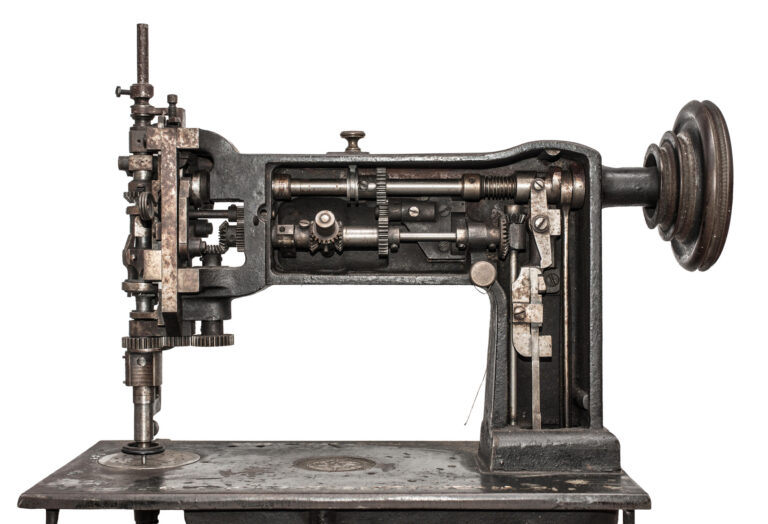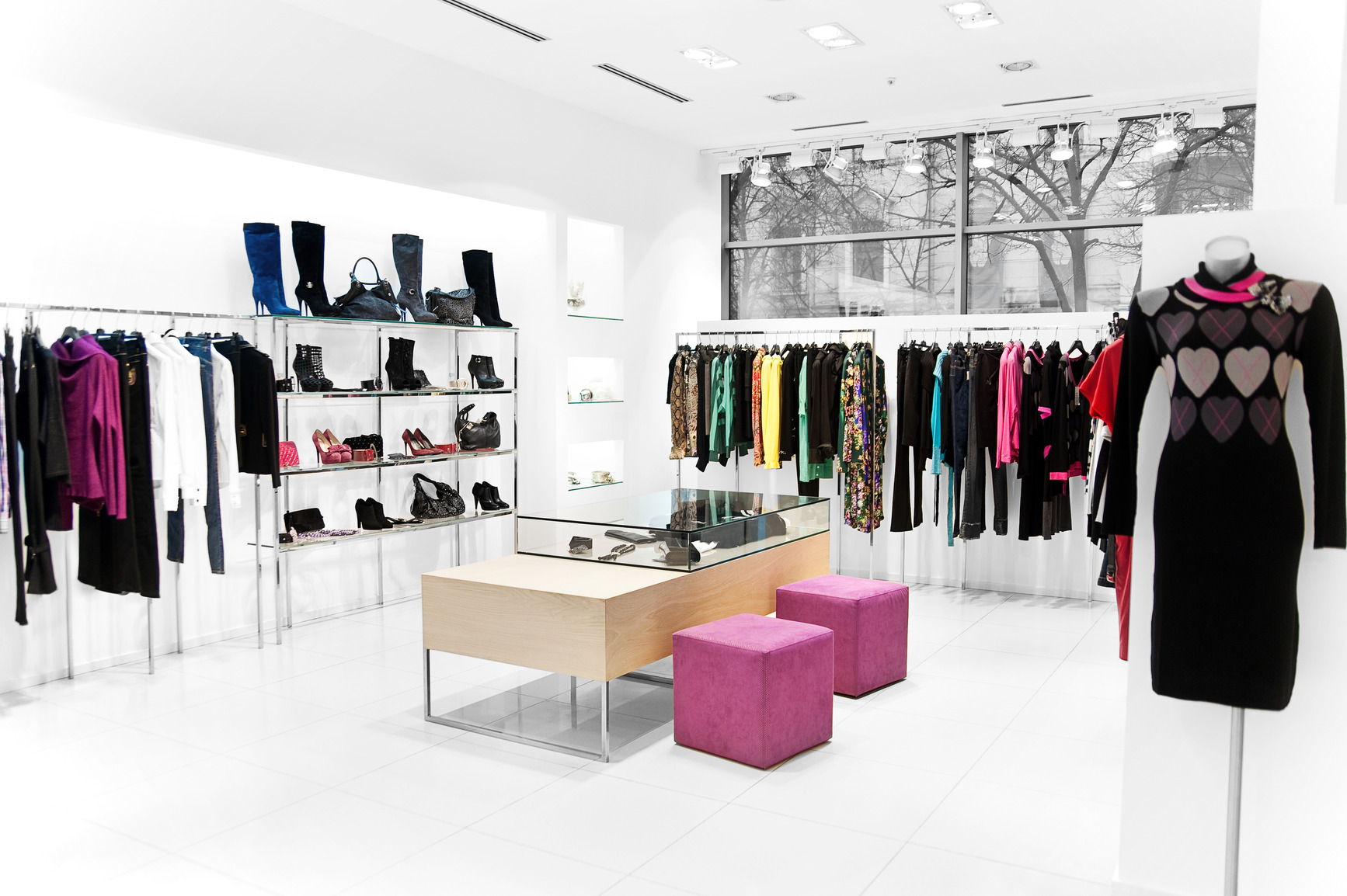
Similarities among successful fashion brands.
What similarities do we currently find among textile companies or fashion brands with international success? What are they doing right and in a similar manner so as to achieve their current success?
The following organizational, operational and management guidelines are –to a large extent— common to most fashion brands with international success.
Corporate structure in one location.
Centralized logistics and quality control.
Pilot store.
Up-to-date, versatile and dynamic design department.
Real-time communication between the stores and central office.
Optimal positioning of productions and tight manufacturing times.
In this article and the next one –to be published on July 9— we will analyze these factors. Let’s start with the first three guidelines.
Centralized corporate structure in one location
What was a trend in the last decade has become the current reality.
Companies with the most successful fashion brands have placed their offices, together with all their departments, pilot stores and in some cases even the central warehouses, in only one location or area.
Why have they done this?
There is a very important reason, and I will explain it next.
The assistants and teams working for multinational fashion companies must be able to make a design go from the designer’s computer to the store shelf, transforming it into a garment, in a very short period of time. Normally, the shortest time needed to achieve this goal is three or four weeks, provided the fabric and accessories are in stock and the manufacture process takes place nearby.
In order to achieve this goal, each link in the chain must be perfectly coordinated and joined with the next. That’s where the necessity lies to bring them physically closer. By placing the different departments involved in the creative, productive and commercial processes in one same building or adjacent buildings, the decision making process is faster and simplified to the maximum.
With this defined daily goal, branded by fire on each member of the team, that idea in the designer’s head has now been transformed into a prototype. After the model tries it on, it is sent to production. Once it comes back from the factory, the garment will first be photographed to launch it for sale on the on-line platform, and then it will be delivered to the stores. This is a systematic, lineal and continuous process that is carried out completely in one building. That’s amazing, don’t you think?
Centralized, efficient logistics and rigorous quality control.
 If manufacturing is fast but shipping is slow, I will lose the time saved during the production stage. For that reason, each one of these companies that design, manufacture and distribute fashion items are, additionally, huge and efficient logistics companies.
If manufacturing is fast but shipping is slow, I will lose the time saved during the production stage. For that reason, each one of these companies that design, manufacture and distribute fashion items are, additionally, huge and efficient logistics companies.
In many cases, all the garments sold in some of these companies’ stores, regardless of where they are manufactured, pass through their central warehouses before arriving at the stores. It is perfectly possible that a t-shirt manufactured in Cambodia and sold at the brand store in Shanghai, during the sourcing process, has passed through a logistic center in Europe, where the brand centralizes its global distribution. The reason is a strict control of the product. The final quality of the product is checked in these warehouses, and garments are prepared so that when they get to the stores, their condition is optimum. The clothing item is ironed out if wrinkled, repacked when needed and relabeled if there are any errors.
Additionally, this thorough control, performed in the company’s own facilities, allows the staff –properly trained and qualified—to detect and report any deviations generated at the point of origin in terms of what was previously ordered and what they actually received. This produces information and the subsequent assessment of the results of the work by each supplier.
Another important aspect is that by centralizing logistics facilities, information is also centralized. The company is able to know the traceability of each model at every moment and in real time. Therefore, when an order from a store is received, because a model is selling very well and they need to restock, it will be possible to know through accurate data whether it is in stock, or being manufactured, where it is being produced, expected date to arrive at the warehouse, from which store or market, or where the model is not selling well; we can take it and forward it.
All the above mentioned elements, plus a shipping process that is agile, versatile and fast, allow leading fashion companies to work with a system that is very close to “just in time”, manufacturing according to demand and without the need of a stock.
Pilot store
Within the centralized structure, all these companies boast a pilot store; even one for each of their brands, if that was the case. Sometimes the facilities are exactly a shopping street, with stores on both sides, just like a street on any given city.
Garments and accessories are placed in the stores as they should be arranged in every store around the globe. Different layouts are tested to encourage traffic and increase efficiency in the customer’s shopping path inside the store. Once the optimum alternative is determined, pictures are taken and a report is sent to each store manager in the world. The same process is done with the shop windows and their variations, depending on the season in each country and the new items that arrive.
In those same pilot stores, new technological innovations are tested and added. Technicians, System Managers and sales staff check out new developments in a controlled environment that is exactly the same as real stores. A pilot store is a laboratory of test and trial.
In the next article, “Successful fashion brands – Creative departments managing information”, we will analyze the characteristics of design, production and sales departments that make these brands globally successful.
Article published in Directors & Managers





































 (1 votes, average: 4.00 out of 5)
(1 votes, average: 4.00 out of 5)








[…] August 30, 2016 […]